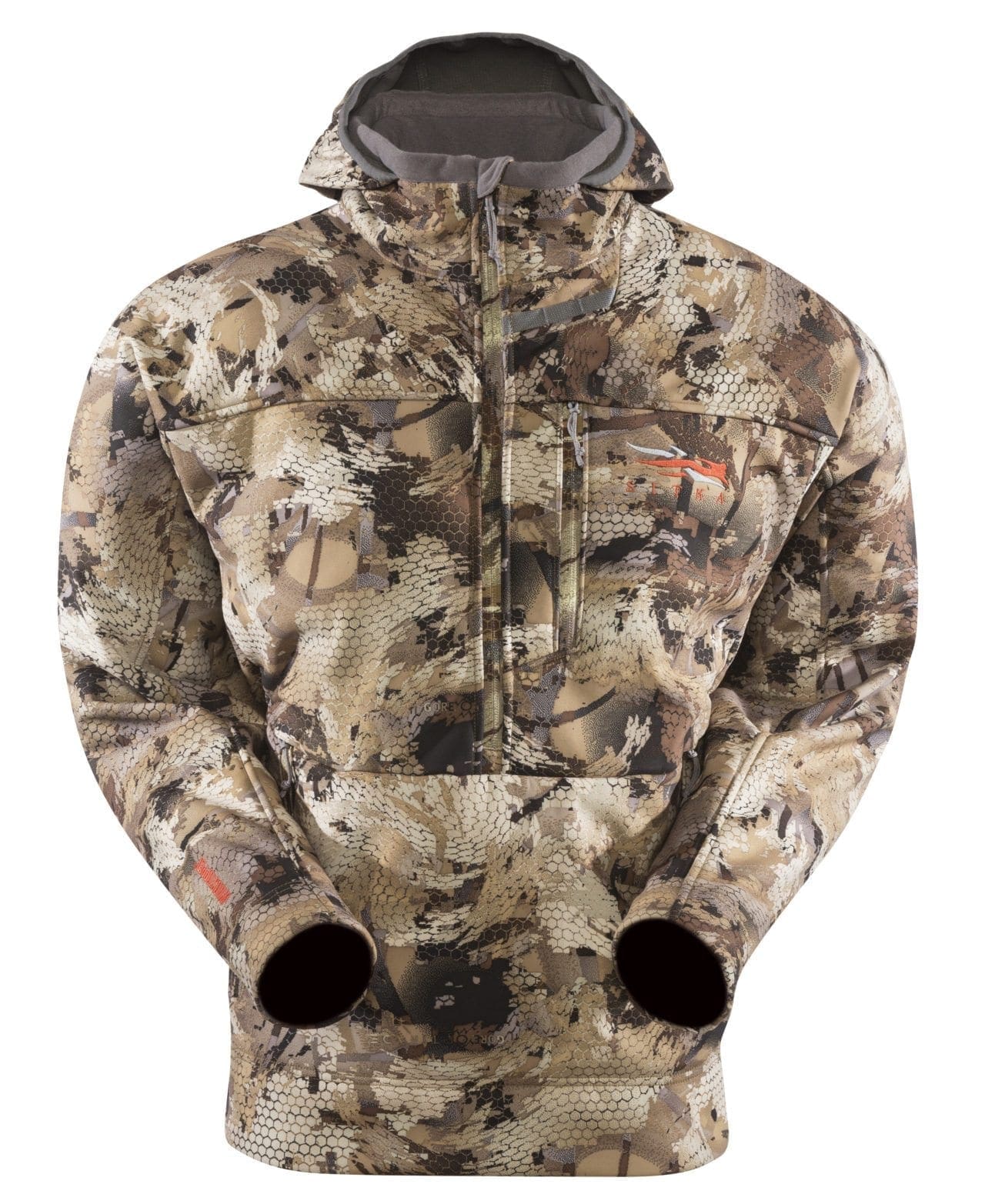Waterfowl hunters: Do your part to prevent spread of invasive plants

Phragmites, a non-native, invasive, noxious plant, is spreading rapidly along rivers, streams, lakes and wetlands throughout the state. Officials at Nebraska Game and Parks are asking waterfowl hunters to help keep from making the problem worse.
The plant, which grows up to 15 feet tall, often is used as camouflage for hunting blinds. But moving the plant and its feathery heads containing up to 2,000 seeds from one location to the other can spread those seeds and establish a new population of the troublesome plant.
That is what biologists think occurred at Goose Lake Wildlife Management Area in Rock County. In 2010, they discovered two stands of the common reed in locations that led them to believe it found its way to the lake as camouflage on a hunter’s duck boat. Repeated applications of herbicides have nearly eradicated those stands, but it continues to persist.

Josh Kounovsky, a Game and Parks wildlife biologist in northeastern Nebraska, says he has seen phragmites leaving the Missouri River and Lewis and Clark Lake on duck boats. That could have contributed to the spread of the plant along roadways throughout the region.
“It’s not the only mode, but it is a mode of transmission,” Kounovsky said.
On that stretch of the Missouri, phragmites makes up approximately half of the plants in the river channel between Verdel and Santee, covering sandbars, filling shallow-water habitat and constricting flows of the river to a few deep, fast-running channels.
“It’s not a meandering wetland like it should be,” he said. “Basically, it’s choking out all of the native plants.” That hasn’t been good for wildlife, including ducks, geese, shorebirds and threatened and endangered least tern and piping plovers.

Game and Parks and the U.S. Army Corps of Engineers have been spraying the stands each year via drones and helicopters hoping to turn back the plant. For several years, resource agencies also have been trying to control phragmites along the Platte River and other waterways throughout the state.
The problematic species was introduced to the United States from Europe in the 1800s and has spread across the country. While it spreads by seed, it also sprouts from root fragments, allowing it to easily spread downstream from established populations on rivers. The plant also sends out rhizomes laterally under the ground and stolons above it, each capable of growing up to 30 feet in a year.
New plants sprouting from rhizomes quickly lead to a dense monoculture of phragmites, displacing native vegetation that could serve as nesting, feeding or roosting habitat for wildlife. It can also limit access for recreation and can increase the risk of flooding along rivers.
Once established, phragmites are difficult to control.
The plant was declared a noxious weed in Nebraska in 2008, requiring landowners to take steps to control it, and is considered an Aquatic Nuisance Species. This makes it unlawful to move it from one location to another, even on a duck boat.

